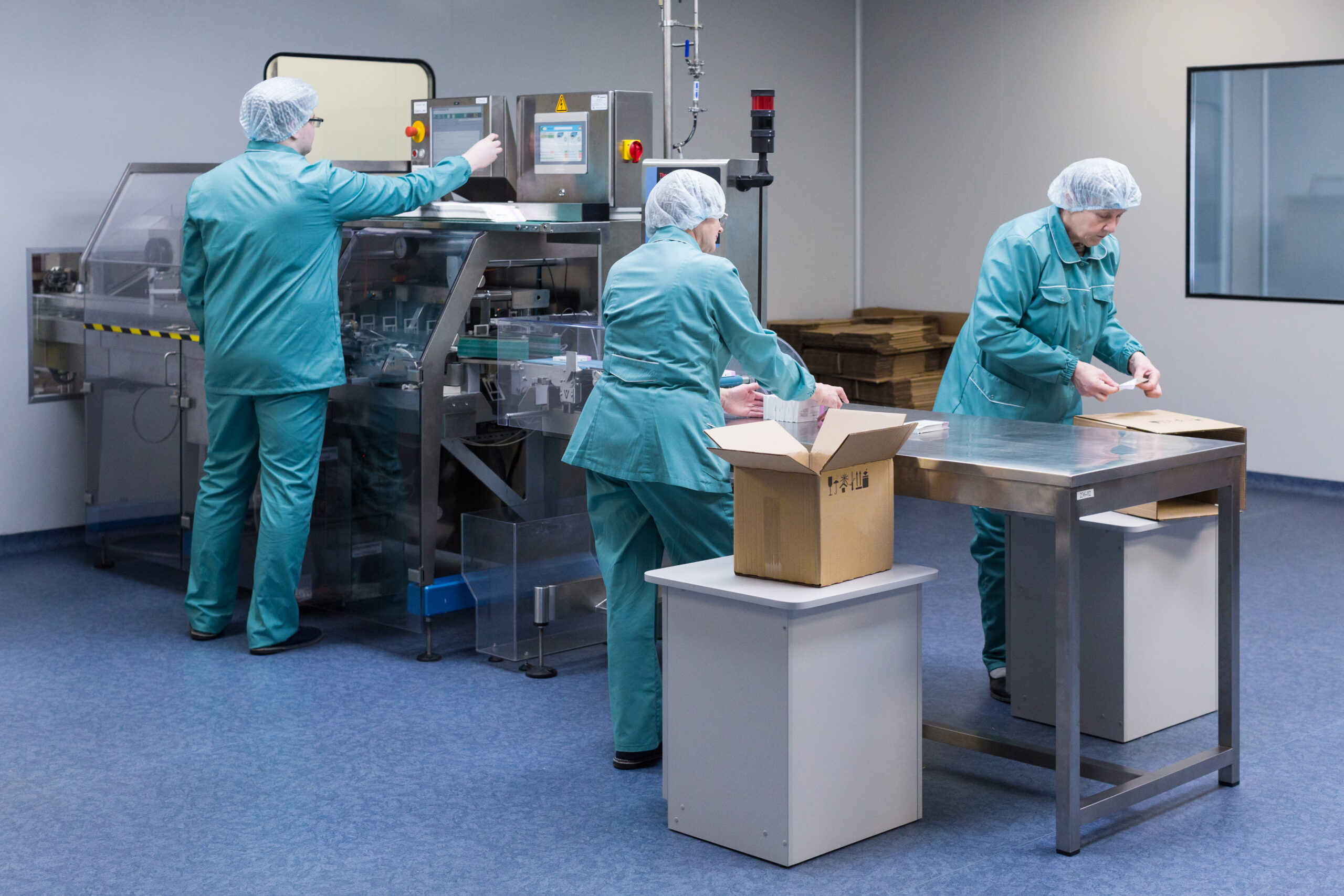Learning from Japan’s Automation Epiphany, an Interview with AIOI Sales Engineer Franco Montes
Japan is one of the global leaders when it comes to supply chain technology. Due to the fragility of the global supply chain and Japan’s natural disasters, companies in the country have whipped up strategies to combat uncertainties. However, in recent years, one of the primary problems of the region is its aging population, which has led to labor shortages. This shortage forced companies to hire 70-year-old workers, and by 2040, Japan is predicted to be short of 11 million workforce.
Despite all the problems, supply chain technological solutions are already helping many businesses in Japan navigate the complexity of supply chains, and automation plays a big part in it.
In this episode of Perspectives, Aratum talks to AIOI Sales Engineer Franco Montes about warehouse automation, particularly the Pick to Light and Put to Light systems, which are commonplace in Japan. He also shares what Southeast Asia can learn from the technological powerhouse country in improving supply chain processes.
The Rise of Automation
Automation, once a distant dream, has now become a crucial part of modern supply chain operations.
When asked how important automation is in Japanese supply chains, Montes says, “Automation speeds up operations and increases the productivity of the whole system. More importantly, Japan’s workforce is suffering, and the only thing that can address that is automation. Japanese companies that invest in automation have enjoyed its benefits and saved them money in the long run.”
It should be automatic for businesses that suffer from worker shortages to implement automation in their business as it reduces task repetition and manual work. However, other countries that don’t have labor deficit problems can also benefit from automation. That’s because, in the current supply chain landscape, efficiency has become king.
“In our company’s experience, inbound and outbound logistic operations need a lot of automation, which makes them efficient. This applies worldwide, especially now that global logistics have become busy, and e-commerce has become big,” Montes shares.
Photo by aleksandarlittlewolf on freepik
Pick-to-Light and Put-to-Light (PTL) Systems
Two prominent automation systems in logistics and manufacturing warehouses are the Pick-to-Light and Put-to-Light systems (PTL).
The Pick-to-Light System lights up the path of the items that must be picked. On the contrary, the Put-to-Light System lights up the path to where the picked items should be put. “These systems reduce the time spent storing and transferring items in a warehouse and eliminate mistakes. It is conducive for fast-moving items, like orders that have to be shipped daily,” Montes says.
These PTL systems indeed help businesses in order fulfillment and manufacturing processes for supply chain manufacturers. Montes describes the success of one of AIOI’s clients after implementing both PTL systems.
“One of our customers is an in-demand bookstore here in Japan. They implemented our PTL systems because they had problems with accuracy, efficiency, and speed in organizing their warehouse and distributing their products due to manual systems. They also had problems with employees quitting and training new ones. However, after using our PTL systems, their accuracy and speed increased from 80% to 99.96%. The training isn’t an issue anymore because it’s very easy to use PTL,” Montes shares. “This is just one example of a spike in efficiency. On every site that we applied PTL, they dramatically improved their operations.
READ MORE: Driving Visibility, Intelligence, and Agility through Supply Chain Technology on Cloud
Driving automation in supply chains
Implementing automation in supply chains has multiple advantages, and Mr. Montes’ company ensures that the PTL systems they offer can drive growth in Asian supply chains. He highlights some performance indicators that will set a company apart from its competitors after automation.
“Embracing automation shouldn’t be only about the lack of employees. More importantly, it’s about adding value to employees, as they give true human value to your clients,” Montes says.
Automation contributes to autonomy and freedom in the workplace, as employees can focus on more critical tasks such as troubleshooting and improving the customer experience.
“In businesses, who doesn’t want to win? We all do, and having that competitive advantage–on-time delivery, speed, and accuracy means fewer problems and cost savings. It also leads to trust and loyalty,” he adds.
When asked what Southeast Asian supply chains can learn from their Japanese counterparts, he emphasizes the need to become more proactive and less reactive to automation. “The more you automate, the better you’ll be able to serve your customers,” he says. “Many companies here in Japan end up regretting not having to automate earlier, not only because of the increase in implementation costs but because of the problems their manual systems have caused them.”
Automation is inevitable; it’s where every supply chain company is going, so don’t get tied up in procrastination. “If you want to remain competitive, you need to start today. The best time to start was yesterday, so don’t wait for tomorrow,” Montes ends.
Revolutionize your operations, enhance productivity, and stay ahead of the curve by embracing the future of automation. Aratum lends you a helping hand in creating a powerhouse supply chain. Request a demo now.




